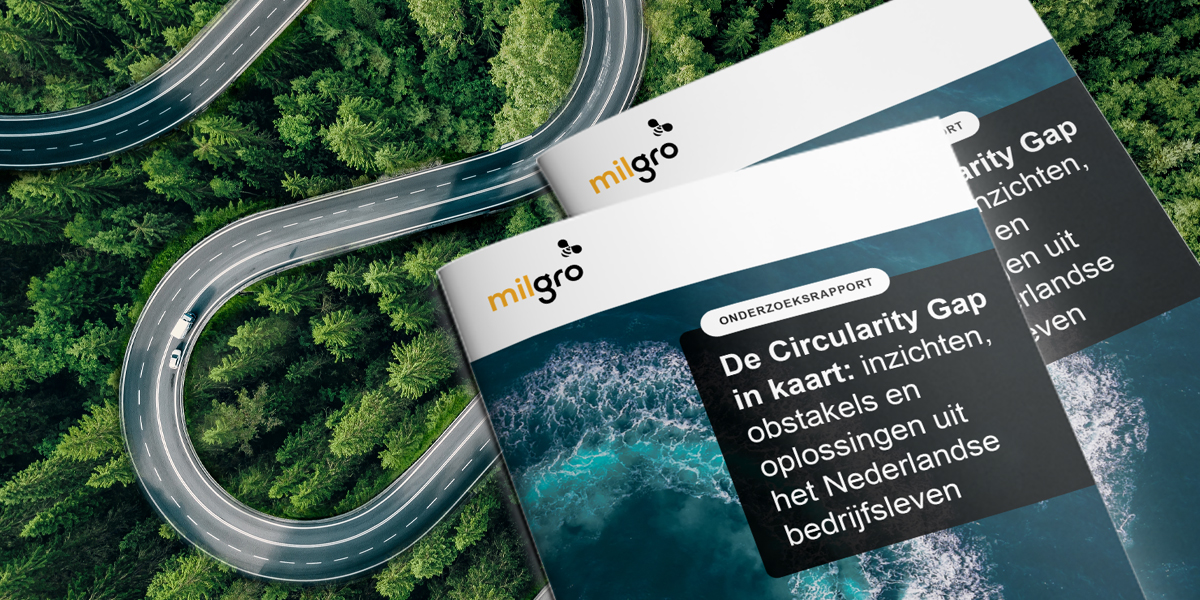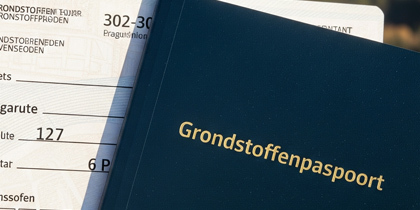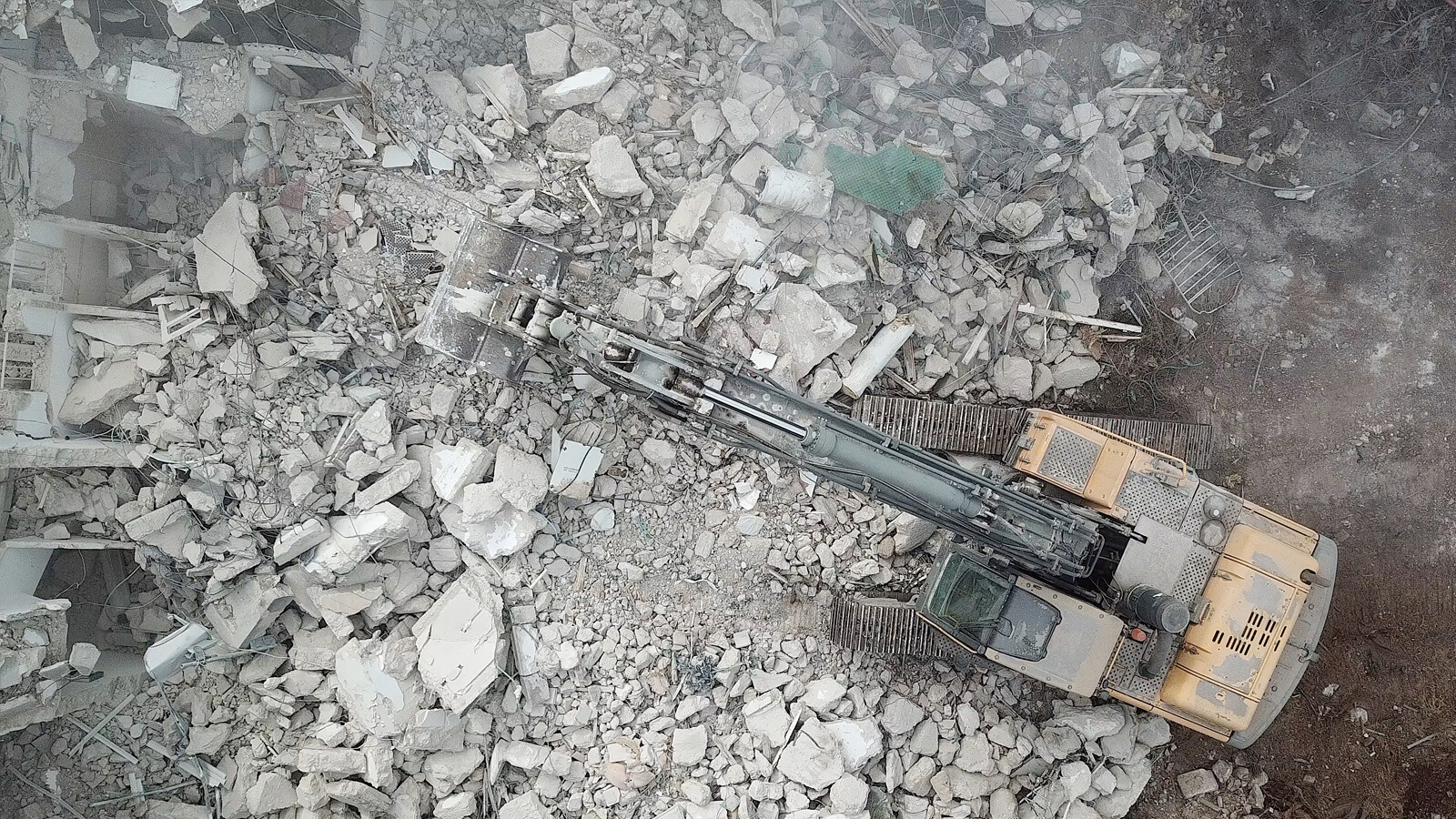Global pressure on resources is increasing due to economic growth, population growth and climate change. Geopolitical tensions and limited availability also play a major role.
Urban mining offers an opportunity to reduce dependence on new raw materials by giving valuable materials from urban waste - such as cables, pipes, plants and electronics - a second life. How that works. You can find out in this blog, including a practical example from the construction industry.
What is urban mining?
Urban mining is the recovery of valuable raw materials from urban waste. This involves not only materials released during the demolition or renovation of buildings - such as cables, pipes, heating and ventilation systems - but also electronics, solar panels and other devices. Instead of these materials ending up as waste, they are carefully disassembled and separated for a second life.
Direct reuse is the premise of urban mining. Is reuse not possible? Then the materials are recycled. For example, metals such as copper, aluminum and lithium are recovered and used in the production of new products.
How does urban mining work? A practical example
To make the meaning of urban mining concrete, we share the following practical example.
One of our partners in the construction industry was in the middle of preparations for a large-scale renovation. The original plan was to remove and replace existing cable ducts-the metal gutters in which cables for power and data run.
gutters in which cables for power and data run.
Working with Milgro, a few simple but targeted questions were asked: are the cable trays still in good condition? Are they technically obsolete? Or can they be reused without loss of quality?
These questions led to a reconsideration. The client then decided to keep the existing cable trays - a clear example of urban mining. And that yielded immediate results. As a result:
- 7,800 meters of cable tray preserved;
- saved €78,000 in procurement costs, plus a similar amount in assembly and disassembly;
- saved 11,500 kg of new stainless steel - good for about 25,000 kg less CO2 emissions. This is roughly equivalent to 25 return flights Amsterdam-Barcelona per person.
Why is urban mining important?
The recent GAP report shows that the world is only 6.9% circular. The pressure on raw materials is increasing, while availability is becoming increasingly limited. For companies, this poses a risk: 37% of Dutch companies expect to run out of raw materials essential for primary processes in the short term if things continue at this pace. This is according to research by Milgro among 311 decision makers. Nineteen percent of companies are even so dependent on these raw materials that they see the current raw material scarcity as a concrete business risk.
Urban mining offers an important step to reduce dependence on virgin raw materials. Materials from urban waste - such as cables, pipes, heating and ventilation systems, solar panels and electronic devices - are carefully disassembled and reused. This reduces the pressure on primary raw materials and prevents the loss of valuable resources.
The role of the raw materials passport in urban mining
Urban mining becomes easier when it is clear which materials are in buildings, installations or products. The raw materials passport makes that clear. It provides insight into the materials used in a product or building and how they can be reused or recycled. This prevents valuable materials from ending up unnecessarily in residual waste and helps them find their way back into the chain.
The raw materials passport is not a physical document, like a passport you travel with, but a digital overview of the materials present. In the construction industry, materials are often recorded digitally, for example in a BIM system or through a platform such as Madaster. This provides insight into which materials - such as wood, concrete or glass - have been used, and whether they can be reused, disassembled or recycled in the future.
Also getting started with conserving valuable raw materials?
Milgro offers companies the most cost-effective and sustainable solutions for their waste and residual streams. We do this by connecting companies where waste is released with companies that process the waste or reuse the raw materials from it.
Stay informed
Want to stay up to date with the latest developments? Follow us on LinkedIn and Instagram or subscribe to our newsletter. Curious about what Milgro can do for your operations and waste process? Feel free to get in touch .
















